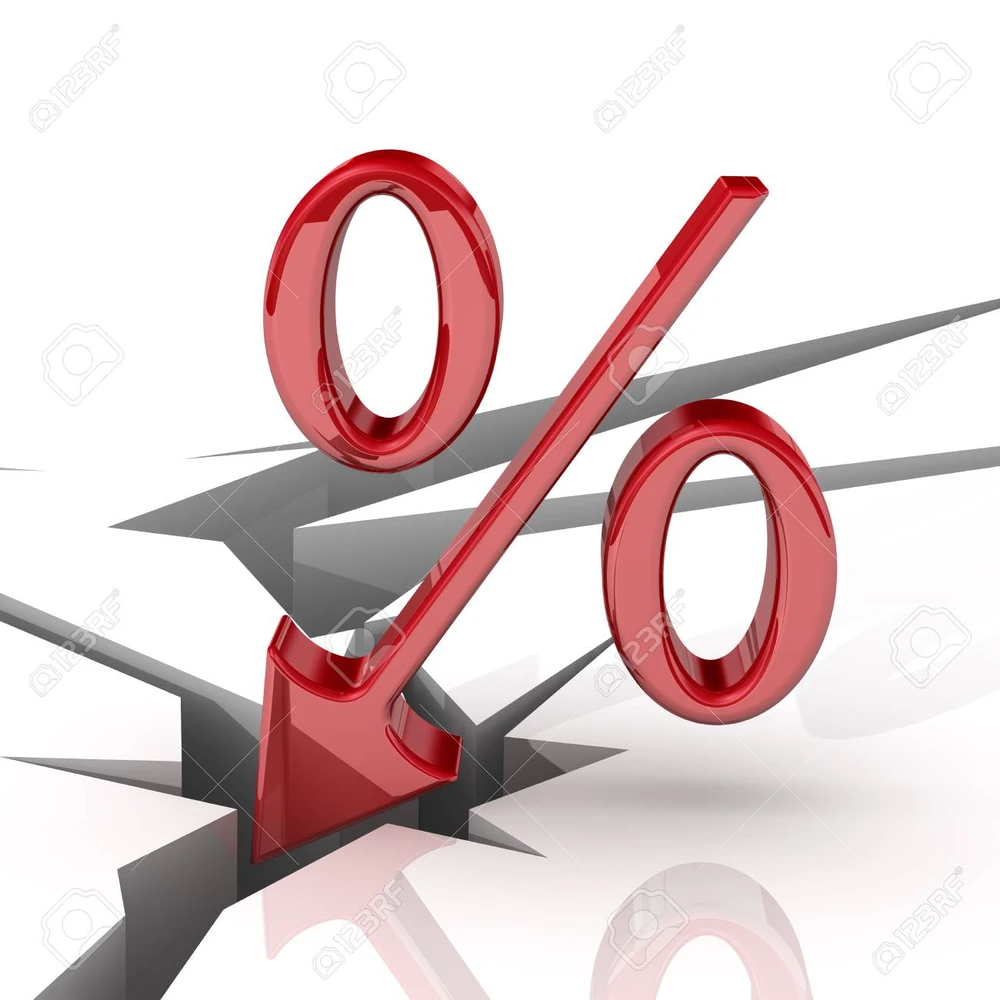
Last week the stock market recovered positively when the VN Index retreated to 1,000 points, but investors need to remain wary about more reduction of interest rates.
Interest rate still high
In the last few months, joint-stock commercial banks maintained the highest deposit interest rate in the market. For instance, in SHB the online savings interest rate by the end of February was 9.1% per year, then at the beginning of March it dropped to 8.82% per year for a term of 12-months or more. However, the interest rate for the 6-month term is still quite high at 8.42% per year. In Techcombank, the deposit interest rate for 12 months or more also dropped from around 9% per year to 8.1% per year.
The interest rate in joint stock commercial banks started to decrease since the beginning of March. Most small banks are also gradually lowering interest rates. In mid-February 2023, the average 12-month term deposit interest rate was about 8.9% per year, but now it is only 8.73% per year.
Big banks such as MBB, ACB, TCB, and VPB have decreased their rates from 8.3% per year to 8.18% per year. For state-owned commercial banks, the interest rate has remained at an average of 7.4% per year since the beginning of the year. However, there still are some hidden costs to cover, as banks need to make money and the competition for capital mobilization among banks continues.
The deposit interest rate will drop at the right time when banks are allocated credit growth targets for 2023. According to the Banking Association, the interest rate level may continue to decrease a bit more in coming days when there is consensus among members. However, the reduction will not be much and also not for terms less than 12 months.
However, liquidity pressure is not as high as it was in the first months of the year. According to an estimate done by the securities company VNDirect from the beginning of 2023 to mid-February, the State Bank of Vietnam bought about USD 3.6 bln to supplement foreign exchange reserves corresponding to the supply of dongs in the market.
However, since the beginning of February 2023, the US dollar has appreciated as the core inflation data of the US continues to increase faster than expected. Many forecast that the rate of interest rate increase will not be as low as 0.25% as it was in January 2023. T
he USD Index increased by about 3% in February 2023, but the domestic exchange rate has not fluctuated much. The free exchange rate and the selling rate at banks only increased by about 1.2% in February. Therefore, the upward pressure of the US dollar is one of the biggest concerns for the domestic interest rate as the interest rate is mainly used to respond to rise of exchange rate.
Although the pressure on interest rate on local currency is quite relaxed for now, it does not mean that interest rates will continue to decrease. The US dollar is still being supported in the expectation that the FED will raise interest rates by 0.5% in March, after new inflation data. The reduction of domestic interest rates mostly comes from pressure of banks as well as from the State Bank of Vietnam to lower lending interest rate to support production.
Internal pressures
The VN Index made correction of about 8.3% in February 2023, sometimes pushing the index to the lowest level of 1,013 points. But market ability to balance around the threshold of 1,000 points does not necessarily come from expectation that interest rate will continue to fall sharply, but from the expectation that interest rate has peaked.
The stock market is always ahead of macro indicators based on predicted signs. The US dollar had peaked in November 2022 as many international organizations had forecast. Domestically, the interest rate level peaked at the end of 2022 and through January 2023, and then began to decrease.
When the pressure factors are no longer as great as before, the possibility of interest rate rising beyond the peak in 2022 is unlikely. That is what the stock market feels for sure, although the interest rate level will still be anchored high until the general pressure gradually subsides, even when the FED stops raising interest rates and reverses policy, as expected at the end of 2023, and beginning of 2024.
In other words, when the stock market risk expectation has reached a peak, it can create a bottom, but it can't change the phase to an explosive growth. An easy example is that throughout 2019, the interest rate level was close to the current level, and the stock market could only move sideways after a strong uptrend that lasted from the beginning of 2016 to the beginning of 2018.
There are still many internal pressures in the market, and most strongly from impending corporate bonds maturity, in particular for the real estate sector in the second and third quarters. The domestic market needs data to assess the impact on production and business activities in the context of high interest rates. From a macro perspective interest rates have peaked, but from a micro perspective it is not clear whether corporate profits have bottomed or not.




















